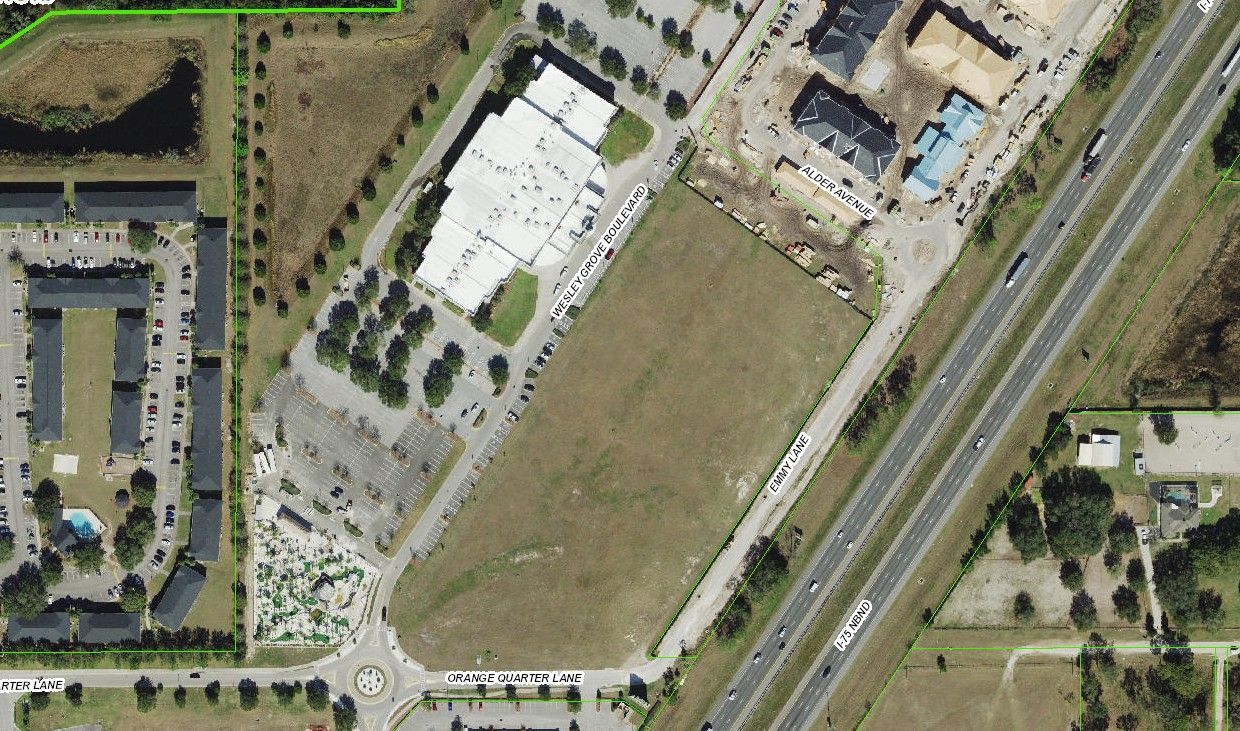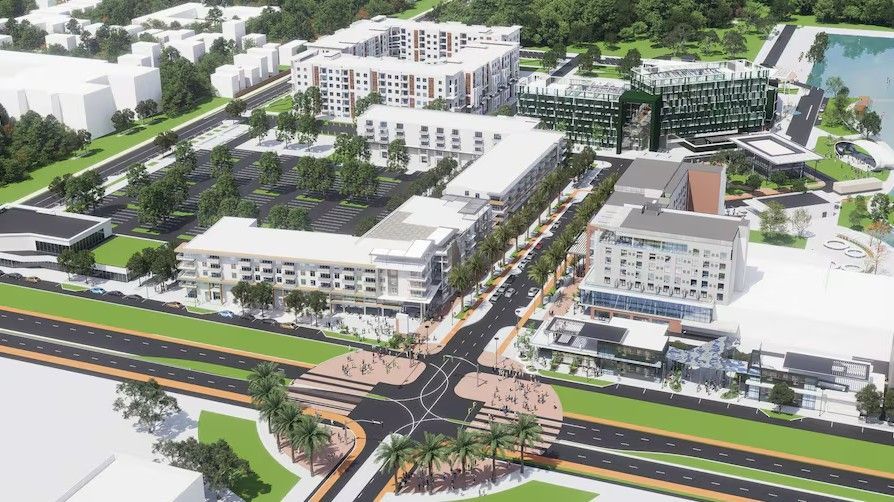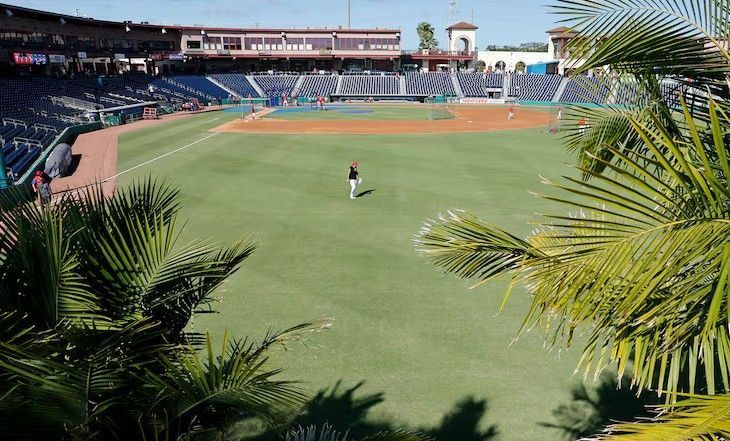Report shows transportation fees need to increase 50% to account for city needs in Tampa
The City of Tampa has not updated what they charge developers for the burden they place on strained transportation networks in decades. The city has grown by more than 100,000 residents since the last update (1989) and the transportation impact fees have not budged since then making Tampa’s impact fees significantly lower than neighboring jurisdictions and cities throughout the state of Florida.
Transportation firm Fehr and Peers draft report for the city states that fees need to increase by over 50% to meet city needs. The report is considered an initial step for the city as they consider fee updates. The city has collected at least $42 million in transportation impact fees between 2004 and 2017, and if the fee had been adjusted annually to meet inflation, the city could have collected an additional $2 million per year according to the draft.
It is anticipated that Tampa will welcome an additional 100,000 residents by 2045, and while some believe higher transportation fees will pay for infrastructure costs needed to support the addition, others worry that developers will shift those costs to homebuyers and tenants, or just take business elsewhere.
Nathan Hagen, cofounder of Tampa’s chapter of YIMBY Action, said “Higher fees provide an opportunity for waiver incentives for ‘good development’ that aligns with our planning goals for affordable housing and safe, walkable communities,”. At a national level, YIMBY typically opposes increased impact fees if they will be a major contributor to housing costs but in Tampa, one-time fees charged to developers are “one of the few opportunities” to raise revenue for transportation.
Tampa adopted a roadway impact fee program in 1986, and updated it three years later, In 2014, the roadway impact fee converted to a program that paid for bike lanes and pedestrian safety, not just road expansions. Money in the impact fee program cannot be used to pay for deficiencies unrelated to the development either. The city only charges fees when a new project agreement is signed in any of its six impact fee districts. Four zones – East Tampa, West Tampa, Ybor City, and Drew Park have no fees charged. City officials also do not have a centralized database on who pays, according to the draft report. All compliance is manually tracked.
State law dictates a fee increase of more than 50% is only allowed under extraordinary circumstances and requires two public hearings and two-thirds approval from the City Council. Tampa’ fee model, like Hillsborough County, uses a consumption approach. This bases the proportion of person miles traveled that new development would consume per lane mile of the transportation network. Another option for the city would be a “project list approach”.
The project list approach uses a set of priorities that the city identified to be necessary for supporting growth. Cost estimates for these projects would then be allocated to specific developments. It was recommended that the city considers a way to establish a fee for inflation that would not require city council approval, and to update a project list every 5 years.
For more information or to get help in determining the value of your property please call or email Mike Cliggitt, MAI, MRICS, CCIM!
Thanks for your interest.
Mike Cliggitt, MAI, MRICS, CCIM
813-405-1705 Direct Line
Source: Tampa Bay Times
SHARE CONTENT





